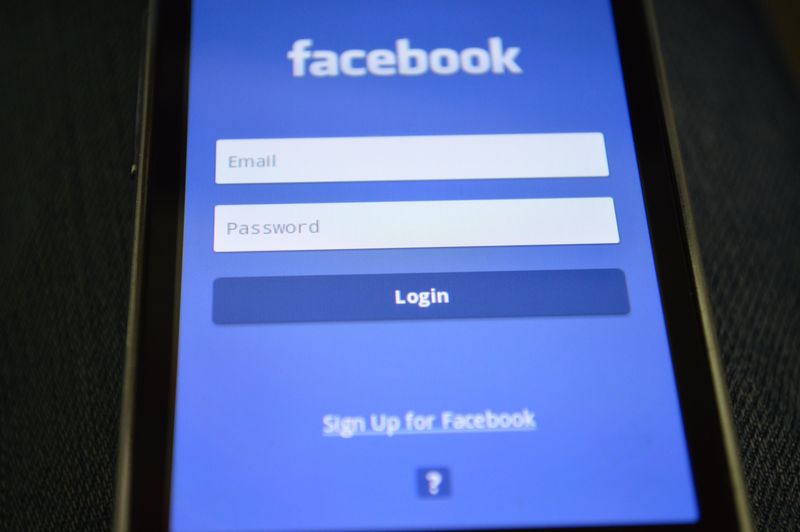Professional Sports Faces Increasing Cybersecurity Challenges
Professional sports organizations and event venues are grappling with a growing cybersecurity problem. According to the National Cyber Security Centre, 70% of sports organizations experience at least one cyberattack per year, a considerable increase compared to the 32% reported by general businesses. This surge in cyber incidents is fueled by various factors, including the increasing digitization of high-profile sporting events and the availability of valuable information and sensitive consumer data within the sports industry. Additionally, the extensive use of connected devices and interconnected networks in professional sports creates additional vulnerabilities for cybercriminals to exploit.
The global sports market, expected to reach $623.6 billion by 2027, has attracted the attention of threat actors seeking to capitalize on the wealth of information available. Major league and global sporting associations, sports teams, and entertainment venues are home to valuable insights on athletic performance, competitive advantages, and consumer data. Consequently, it is crucial for security teams to have clear visibility and control over their entire digital infrastructure, including personal devices, web and social media presence, registration and ticketing platforms, mass notification systems, and electronic signage.
Key Cybersecurity Risks in Sports Venues
While each venue has unique characteristics that impact its cyber-risk profile, several common risks exist in securing large events and venues. These risks include:
1. Connected video boards and digital signage
Digital displays within venues can serve as overlooked entry points for cyber intrusions. Security teams must follow zero-trust principles, such as disabling unnecessary ports, conducting frequent network scanning, and patching software regularly. Prioritizing applications that provide encryption for all data can also enhance security in this area.
2. Wi-Fi hotspots, mobile apps, and QR codes
Human error and individual attendee behavior pose unpredictable risks that security teams must address. Educating event attendees about general cybersecurity practices is crucial. Encouraging users to update their apps and personal devices with the latest software patches and advising against using public Wi-Fi for sensitive information are important measures. Attendees should also be cautious when interacting with unofficial links, attachments, and QR codes.
3. Point-of-sale and other commerce systems
Financial transactions are frequent targets for cybercriminals. Point-of-sale devices and commerce systems should receive extra scrutiny and be frequently patched. Separating these devices onto their own network and reminding attendees to limit their transactions to officially endorsed areas are essential steps to mitigate risks. Unsolicited kiosks and ATMs could serve as avenues for threat actors to exploit and steal personal financial data.
4. Stadium access and infrastructure equipment
A major target for cybercriminals is critical infrastructure within stadiums. Security teams can enhance protection by developing logical network segmentations between IT and operational technology systems. This approach limits cross-access between devices and data, mitigating the potential impact of a cyberattack.
The Challenge of Cyber Threats in Sporting Events
Cyber threats present a unique challenge in the context of professional sports due to the fast-paced nature of sporting events and their large scale. Detecting these threats can be difficult, as the focus is often on delivering an immersive experience for fans rather than cybersecurity. However, sharing information on the latest attack vectors and following cybersecurity best practices can contribute to creating a more secure digital landscape for sports fans and professionals alike.
Editorial: Emphasizing Cybersecurity in Professional Sports
The increasing prevalence of cyberattacks in the sports industry demands urgent attention and action. Organizations must prioritize cybersecurity initiatives and allocate resources to ensure the protection of valuable information, consumer data, and the overall fan experience. The following recommendations can help address this significant challenge:
1. Proactive Security Measures
Security teams should adopt proactive security measures that include regular vulnerability assessments, network scanning, and software patching. By continuously evaluating and updating security protocols, organizations can enhance their readiness to thwart cyberattacks.
2. Comprehensive Employee Training
Education and training should be provided to all employees in sports organizations to raise awareness of cybersecurity risks and best practices. From players to staff, everyone should be equipped with the knowledge to identify and respond to potential cyber threats.
3. Collaboration and Information Sharing
The sports industry must foster collaboration among organizations to share cyber threat intelligence, enhance incident response capabilities, and stay ahead of evolving threats. By pooling resources and knowledge, the industry can collectively build a stronger defense against cybercriminals.
4. Investment in Cybersecurity Technology
Sports organizations should invest in robust cybersecurity technologies and solutions to protect their digital infrastructure. This includes implementing advanced monitoring systems, encryption protocols, and access control measures to ensure the security of sensitive data.
Conclusion
As the sports industry continues to embrace digital transformation, the cybersecurity risks it faces will only intensify. The responsibility lies not only with organizations but with everyone involved, including fans, athletes, and event attendees, to prioritize cybersecurity and adhere to best practices. By recognizing the importance of cybersecurity and taking proactive steps to protect digital assets, the sports industry can ensure the safety of its operations, sensitive information, and the overall fan experience.

<< photo by Sara Kurfeß >>
The image is for illustrative purposes only and does not depict the actual situation.
You might want to read !
- The Importance of Proper IT Offboarding: 5 Pitfalls to Avoid
- The Rise of North Korean Cyber Crime: A Closer Look at the CoinEx Cryptocurrency Hack
- The Rise of Ransomware Gangs: Unpacking the MGM Resorts Cyberattack
- Exploring the Vulnerabilities in Azure HDInsight: Data Access, Session Hijacking, and Payload Delivery
- “The Web of Intrigue: Unraveling the ‘Scattered Spider’ Behind MGM Cyberattack”
- The Dangers of Zero-Click Spyware: Russian Journalist Falls Victim to NSO Group’s Attack
- The Urgency of Regulation: Tech Titans Unite to Back AI Oversight
- Unveiling the Webinar: Safeguarding your Identity Fabric from Rips and Threats
- Navigating the Cloud Security Maze: A Guide to Protecting Your Data in the Digital Age
- Cloudflare’s Unified Data Protection Suite: Safeguarding Modern Coding and AI with Advanced Solutions
- Why Modern CISOs Must Embrace the Winds of Change
- Kyndryl’s SOC Expansion: Strengthening Managed Security Services
- The Rise of the ‘AI-tocracy’: Exploring the Emergence of Artificial Intelligence in Governance
- The Rise of Mac Malware: Exposing the Dangerous Atomic Stealer Campaign
- The Rise of Ransomware: A New Light Shines with Free Key Group Decryptor
- UN Warns of Rising Online Scams in Southeast Asia, Threatening Hundreds of Thousands
- The Data Dilemma: Understanding Rwanda’s New Privacy Landscape
- Google Chrome’s ‘Privacy Sandbox’: A Game-Changer in Bidding Farewell to Tracking Cookies




